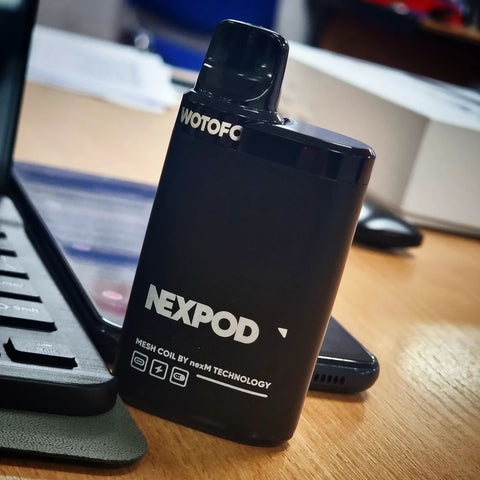The majority of people, some vapers included, aren’t aware of how much time nicotine stays in human bodies before being fully flushed out. Consequently, they are much interested in knowing how long the addictive substance remains in their system. What if they are to be subjected to nicotine testing in their places of work; if it turns out to be positive they might lose their job! Or maybe as a condition of occupation to determine their state of health for insurance cover.
That’s how serious the matter can be. As unfair as it sounds, most employers and insurance firms do not have to differentiate between cigarette users and consumers of nicotine in other safer forms, such as vaping or smokeless tobacco methods. Even when you’ve been consuming nicotine in the form of nicotine gum – which has been approved safe for long-term consumption by food and drug authorities, this is as well treated as a potential health risk and can lead to costlier insurance prices.
Insurance firms treat nicotine presence as a reliable sign that the person is an active tobacco user if not an NRT (nicotine replacement therapy) product user that often implies an ex-smoker (and a person who is susceptible to returning to the smoking habit, as over 90% of NRT product users usually do).
Before getting into the subject of the matter, we need to understand what nicotine is. It’s simply the addictive substance in cigarettes, vape flavors, and other tobacco products. When you smoke a cigarette or take vape a nicotine-saturated vape flavor, your body will absorb nearly 90 percent of the nicotine.
Nicotine elements will still be present in your bloodstream after you no longer feel their impact. Arguably, vaping is a relatively recent method of nicotine ingestion hence its safety and long-term impacts on the human body are yet to be properly established. It was until recently when several health authorities across the globe began investigating the outbreak of certain lung infections related to the use of e-cigs and other vaping products.
After consuming tobacco or its products, nicotine is retained into your bloodstream for some time even after you’ve quitted using it. Medical tests on your urine, blood, saliva, hair follicles, or nails will show traces of nicotine present in your body.





Leave a Comment